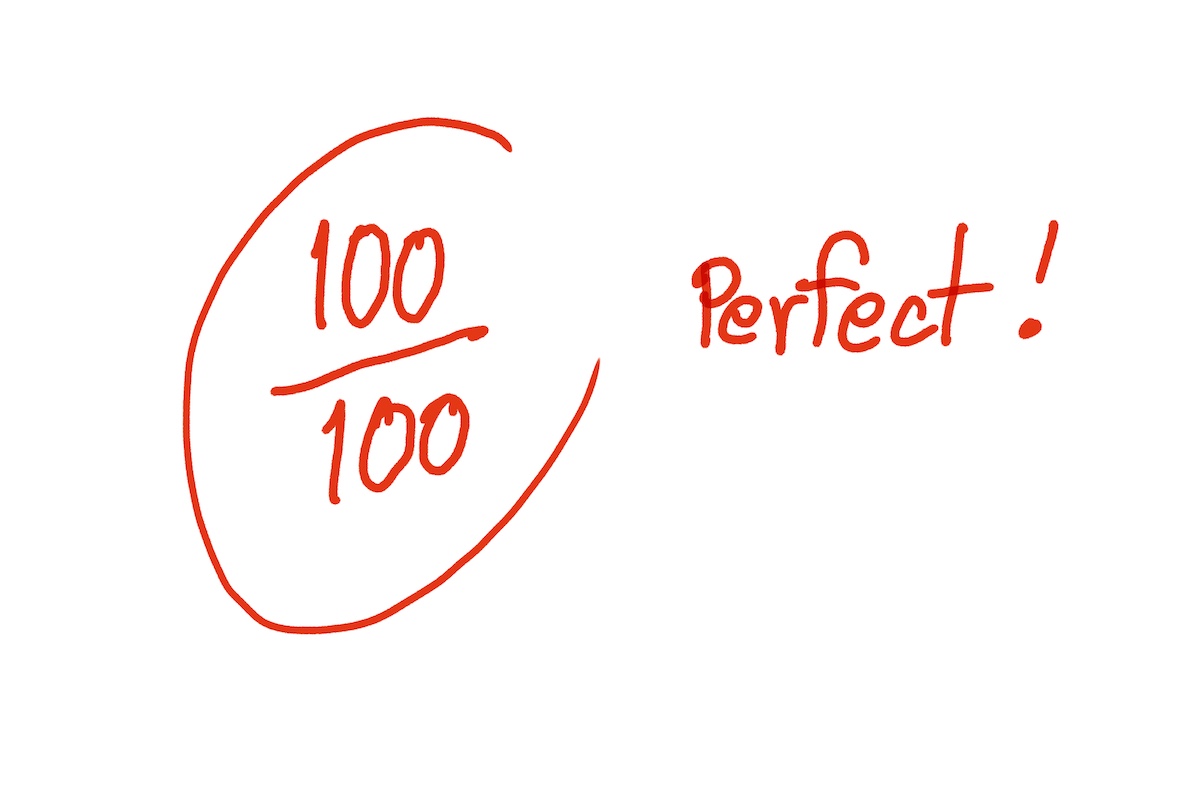
“The Perfection Game” by Jim McCarthy.
I recently came across an awesome and challenging book – Software for Your Head by Jim McCarthy. There are so many interesting things about this book. One of the key tools I discovered I can use right away while reading the book was an amazing tool to provide feedback called the Perfection Game.
The Perfection Game has two main gains. One, to achieve perfect results by thinking and telling one another what you like and what would make the results perfect. Two, to give feedback to another that is an affirming learning opportunity. Since the Perfection Game comes from the Core Protocols, there is a very specific way it is played. Here are the rules:
- The requester asks a responder(s), “Will you play the Perfection Game with me?”
- Next, the requester asks, “On a scale of 1 to 10, how would you rate [the item, action or event being considered].”
- The responder tells the requester what was good, or what they liked, about the requester’s item, activity or action that earned the score in the form of “What I like about it was [a… b… c…].”
- Next, the requester ask the responder, “What would have made it perfect?”
- The responders then tells the requester what specific actions are needed in the next iteration to make the item, event or activity perfect in the form of “What would have made it perfect for me was [x… y… z…].”
- Finally, the requester looks the responder in the eyes and says “Thank you.”
- Repeat steps 1 to 6 for all responders.
As I stated earlier, following the protocol described in the Perfection Game is extremely important. Purely or partially negative feedback (“constructive criticism”) is not allowed at any point in the Perfection Game. As a responder, you must give the feedback to the requester verbally – there is no written feedback allowed. If you cannot think of anything that will help the requester improve, the default score in the Perfection Game is a perfect 10.
A word about the scale in the Perfection Game – the scale of 1 to 10 is not about dislike to like, where 1 is “completely dislike” and 10 is “completely like”. Rather, the scale goes from “the object has no value” to “I can’t think of anything that would make it better”. Keep in mind that as a responders if you give something an 8, you are saying that it is 80% perfect and as the responder you can tell the requester exactly what they need to do in order to gain the missing 20%.
Finally, Jim and Michelle McCarthy also have a very interesting podcast discussing the origins of The Perfection Game and how they think about it. Be sure to check it out and start playing the Perfection Game.





